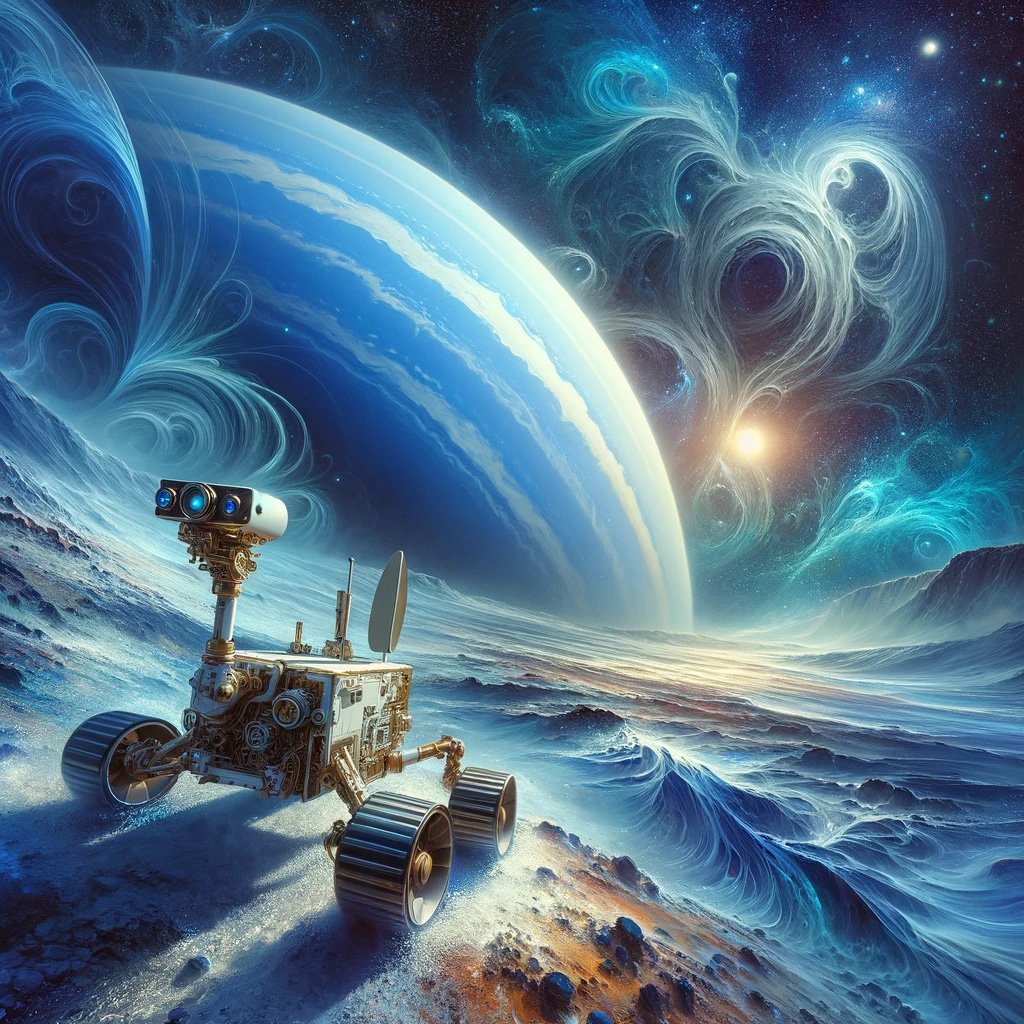Why is Saturn So Special?: Discovering the Wonders of the Ringed Planet
The Majestic World of Saturn
Welcome to the fascinating world of Saturn, a jewel in our solar system's crown! Saturn, the sixth planet from the Sun, is not just another space rock; it's a giant world filled with mysteries and wonders that have captured human imagination for centuries. In this article, we'll explore what makes Saturn so special and why scientists and stargazers alike are so intrigued by it.
The Rings of Wonder: Saturn's Signature Feature
What's the first thing that comes to mind when you think of Saturn? Its stunning rings, right? These rings are the most famous feature of Saturn, making it unique among all the planets in our solar system. But did you know these rings aren't solid? They're made up of ice, dust, and rocks, ranging in size from tiny grains to big boulders! These rings stretch out wide but are surprisingly thin, and they shine brightly because the ice reflects sunlight like billions of tiny mirrors.
A Moon-Filled Sky: Saturn's Many Moons
Saturn isn't lonely out there in space. It's surrounded by a family of moons — over 80 of them! Each moon is a world of its own. Take Titan, for example, it's larger than the planet Mercury and has lakes and rivers of liquid methane. Then there's Enceladus, a snowy world shooting water-ice out into space from its south pole. These moons are like clues that help scientists understand more about our solar system.
A Giant Among Planets: How Big is Saturn?
Saturn is enormous! It's the second-largest planet in our solar system, big enough to fit Earth inside it more than 750 times. But if you could find a bathtub big enough, Saturn would float in it because it's mostly made of hydrogen and helium, making it lighter than water. This gas giant has a small rocky core, surrounded by a thick layer of metallic hydrogen and an outer layer of gases.
Saturn’s Role in Science and Culture: More than Just a Planet
Saturn has been known since ancient times and has always sparked human curiosity. It's named after the Roman god of agriculture and wealth. Saturn's image has been used in art, literature, and mythology, symbolizing everything from time to transformation. For scientists, Saturn is a laboratory in space. By studying it, they learn more about the formation of our solar system and the gas giants.
Saturn’s Mysteries and Future Exploration: What's Next?
Even with all we know, Saturn still holds many secrets. Scientists are curious about its internal structure, the origins of its rings, and the potential for life on its moons. Future missions to Saturn and its moons might uncover these mysteries. Imagine sending a submarine to Titan's oceans or a robot to explore Enceladus' icy geysers!
The Endless Fascination of Saturn
Saturn is more than just a planet with rings. It's a giant world of beauty and mystery, a place of scientific discovery and cultural inspiration. As we continue to explore Saturn, we're reminded of the endless wonders of our solar system and the universe beyond.
This fascinating journey through Saturn's world showcases why it's such a special planet. From its iconic rings to its intriguing moons, Saturn continues to be a source of wonder and curiosity. As we look to the stars, Saturn stands as a reminder of the incredible universe we're a part of.
Amazing Facts About Saturn
Saturn is a 'Flattened' Planet: Due to its rapid rotation, Saturn is flattened at the poles and bulges at the equator.
It Has the Shortest Day: A day on Saturn, the time it takes to rotate once, is only about 10.7 hours!
The Least Dense Planet: Saturn is so light for its size that it would float in water.
Home to the Second Largest Moon: Titan, Saturn's largest moon, is the second-largest in the solar system, after Jupiter's Ganymede.
Seasons Last for Years: Each season on Saturn lasts for more than seven Earth years.
The Windiest Place: Saturn has the fastest winds of any other planet in our solar system, reaching speeds of 1,800 kilometers per hour (1,118 miles per hour).
A Planet of Many Rings: Saturn has seven main ring groups, each separated by gaps; the largest gap is called the Cassini Division.
Saturn's Rings Have Their Own Atmosphere: Made mostly of hydrogen and oxygen, this atmosphere is very thin compared to Saturn's own.
Mystery of the Hexagon: A six-sided jet stream, known as the 'Saturn Hexagon,' exists at the north pole and has baffled scientists since its discovery.
Invisible Rings: Saturn has faint, dusty rings that are invisible to most telescopes.











